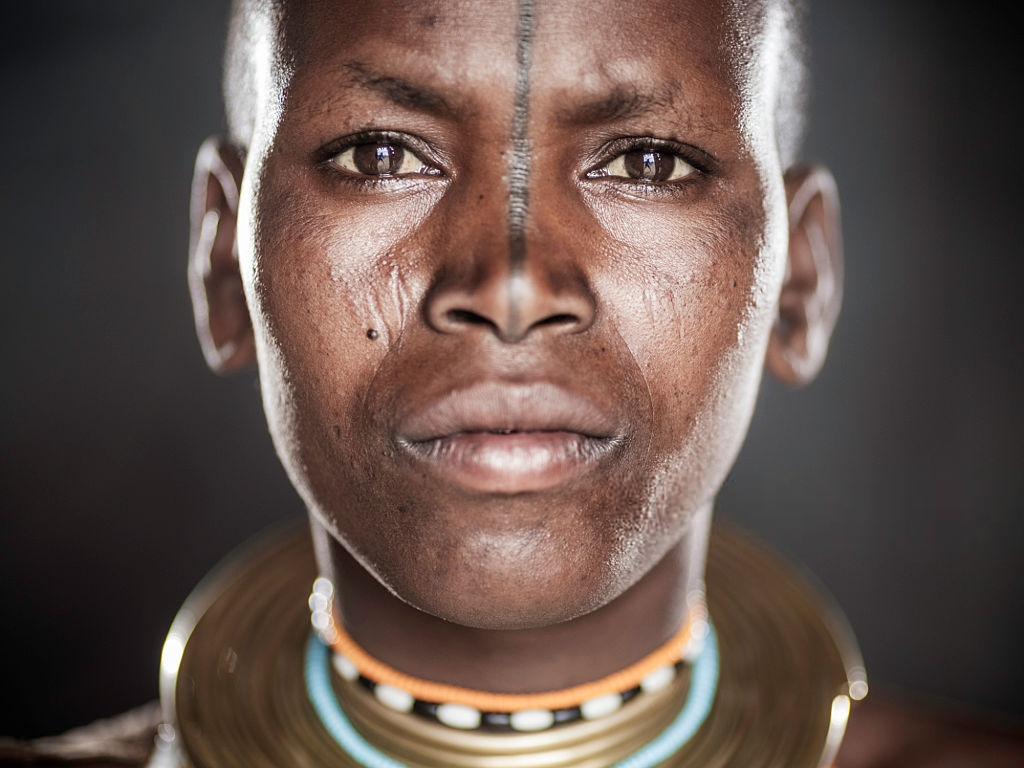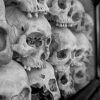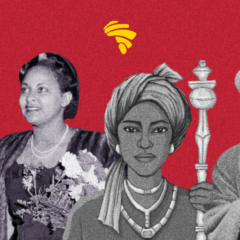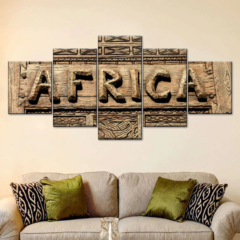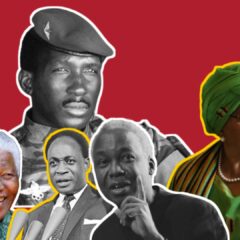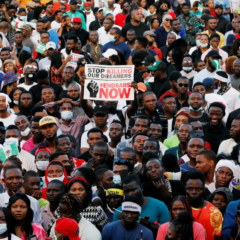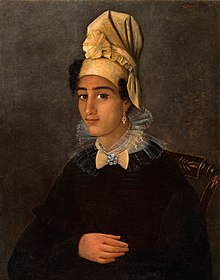In Africa, making special tribal markings or intentional scarification is a practice loved by many tribes. These markings go from being beautiful to telling a story of mystery. Some of these tribal markings look scary. These scarification and markings are not just done by these African tribes for the fun of it, if there’s any, but mostly to tell a story, some for beauty but all have meanings. And today we’ll be discussing African tribal markings and their meanings.
African Tribal Markings And Their Meanings :
Igbo Markings

Igbo , recognized as a major language in Nigeria, the Igbo people are a very popular people in West Africa. They can be found in the Eastern region of Nigeria and Equatorial Guinea. There are also a lot of Igbo speaking communities in USA, Bahamas, Brazil, Jamaica, Trinidad and Tobago, Sierra Leone, Ghana etc. Having over 50 million speakers, it is one of the biggest tribes in the Africa.
The Igbo people make use of tribal markings for various reasons like identification, spiritual and physical (beautifying) purposes, distinguishing between the royal and free born, etc. The main tribal marks used by the Igbo people are Nsibidi, Ichi, Egbugbu, Uri (Uli), Nki and Ogbanje mark.
It is a believe by some Igbo people that to protect their kids from evil spirits, also known as Ogbanje, they need to give them a mark. Nsibidi(ancient Igbo writing system) markings have various meanings, you can see the Image below :

The Uri are temporary colorful arts drawn on the body for celebrations, ceremonies and what have you. The Nki are drawn on bodies to signify strength.
Bétamarribé
This is a tribal marking which most of its carriers are girls from Benin, it consists of a grid pattern on the face. Most people who have this kind of tribal markings believe that the marks represent plant growth. Not really plant growth in it’s actual sense. The plant growth is a metaphor for the well-being of one’s household, child-bearing, productivity, etc.
Yorùbá Tribal Markings
Having a population of 44 million people, the Yorùbá tribe is one of the largest ethnic groups in Africa. They make up 21% of Nigeria’s population. The Yorùbá tribe has various kinds of tribal marks. The popular ones in no particular order are : Oyo (Abaja), Egba (Owu, the former President of Nigeria, Chief Olusegun Obasanjo has this tribal markings on his face), Ile Ife(Pele, one of the most popular tribal markings), Ogbomosho (Gombo AKA Keke) and Nupe tribal markings.

Above is a picture showing the various tribal markings and their styles.
The main purpose of tribal markings in the Yorùbá culture is for identification.
Fulani Tribal Marking

The Fulani , Fulɓe or Fula are one of the largest tribe found in West Africa and the Sahel. Like almost every African tribe, the Fulani tribe practice scarification and markings but mostly for beautification and rarely for identification. The Fulani tribe does mostly temporary tribal markings using the henna , a natural dye that leaves black marks on the skin. This unique tribe prints markings on the feet, face and hands.
Wodaabe Markings
The Wodaabe people are a sub ethnic tribe under the Fulani tribe. Like the Fulani tribe, they make use of Henna for most of their markings too. The Wodaabe women apply various patterns, designs of tribal marks on their face.
It is a belief amongst the Wodaabe people that tribal markings ward off evil spirits, one reason they love to adorn themselves with it. Asides that reason, it’s used for beautification.
Dinka Markings

Dwelling in the East and West Banks of River Nile, from Mangalla to Renk, regions of Bahr el Ghazal, Upper Nile and Abyei Area of the Angok Dinka in South Khordofan of Sudan, the Dinka people are a unique tribe with various unique cultures.
Dinka markings are composed of various lines carved on the forehead on each side, finally forming a V shape. It is done to the males to signify the transition to manhood. Many believe it’s also done to signify strength. If a boy screams or shows any sign of pain during the process, he’s considered a boy, not a “man”.
Gar Marking
This tribal marking is done by the Nuer people in southwestern Ethiopia and South Sudan.
The marking for men is a strip of six parallel horizontal lines across the forehead and that of women is usually dotted patterns across their skin.
On African Tribal Markings And Their Meanings
We only talked about a few of African tribal markings, we believe this few are quite the popular ones. Tribal markings in Africa have reduced at a very high rate due to civilization and other factors like laws restricting such practices. You hardly see a modern Igbo and Yoruba adorned with tribal markings. Though tribal markings are still common with the Fulani ethnic group(s).
What do you think of Tribal markings and meanings? Do you know some tribal markings and their meanings? Drop a comment below.
